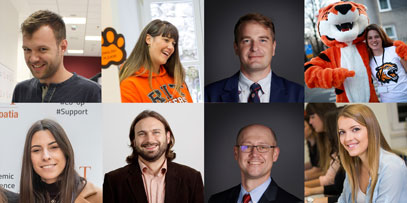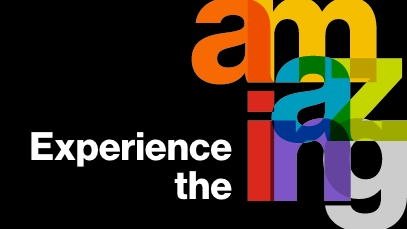Cultural Heritage Imaging & Innovation Conference 2025
Join us for the Cultural Heritage Imaging & Innovation Conference 2025!
Experience this inaugural event in-person in Dubrovnik, the Pearl of the Adriatic, from March 25-28, 2025. Organized by RIT and RIT Croatia, the conference promises to be an unmissable opportunity for imaging and cultural heritage enthusiasts.
About the Conference
As new technologies are brought into Cultural Heritage Studies and adopted by the Museum, Archive, and Library communities, significant new information can be derived from historical artifacts and new knowledge can be shared. Collecting, managing, visualizing, disseminating, and exhibiting that information is an ongoing challenge.
The inaugural Cultural Heritage Imaging + Innovation (CHII) Conference brings historians, scholars, practitioners, scientists, and technologists together to further innovation in this dynamic field. CHII will bring together interdisciplinary leaders and practitioners in these fields to bridge the gaps between historical artifacts, emerging technologies, existing spaces, and public engagement opportunities. Join us in Dubrovnik, a UNESCO World Heritage Site, also known as “the Pearl of the Adriatic” which is a unique destination that magnificently combines the natural beauty of the pristine Adriatic Sea and mountainous Croatian landscape with outstanding architecture and old-world city planning. Dubrovnik is more than a fascinating Old Town; it is a gateway to the past, a vibrant present, and an exciting future—making it the ideal setting for this conference. The city’s allure lies in its captivating history, stunning landscapes, warm hospitality, and rich cultural heritage.
Expected attendees will include academics working in cultural heritage imaging and other related fields, practitioners in industry, NGOs, and historical institutions, undergraduate students, and hospitality and tourism professionals interested in the presentation of local cultural heritage.
The conference will consist of presentations, poster sessions, and demonstration spaces while providing significant time for communication and networking among attendees.
The in-person-only conference will take place at the RIT's global campus RIT Croatia in Dubrovnik, Don Frana Bulića 6, founded in 1997, the Visia Theatre Dubrovnik, Poljana Paska Miličevića 4, Dubrovnik and at the State Archives in Dubrovnik (Državni arhiv u Dubrovniku), Sponza Palace, Sv. Dominika 1.
Application Process
We seek innovative presentations, posters, and demonstrations focused on these and other related areas:
- Cultural heritage imaging for discovery, conservation, and preservation
- Novel 2D, 2.5D, and 3D visualization techniques for analysis of objects at all scales, from planar objects to small sculptures, to buildings of archeological or historical interest
- Case studies from practitioners
- Innovative approaches to metadata collection, storage, and search across various digital technologies
- Innovations in visual and digital media for historical presentation to the hospitality, and tourism industries
Thank you for your interest! The application deadline is closed. We look forward to welcoming all applicants to Dubrovnik in March 2025.
Contacts
For questions about sponsorship, please contact David Messinger at dwmpci@rit.edu.
For questions about conference submissions, please contact Juilee Decker at jdgsh@rit.edu.
For questions about conference attendance and local arrangements, please contact Izzy Moyer at ikm5781@rit.edu.









